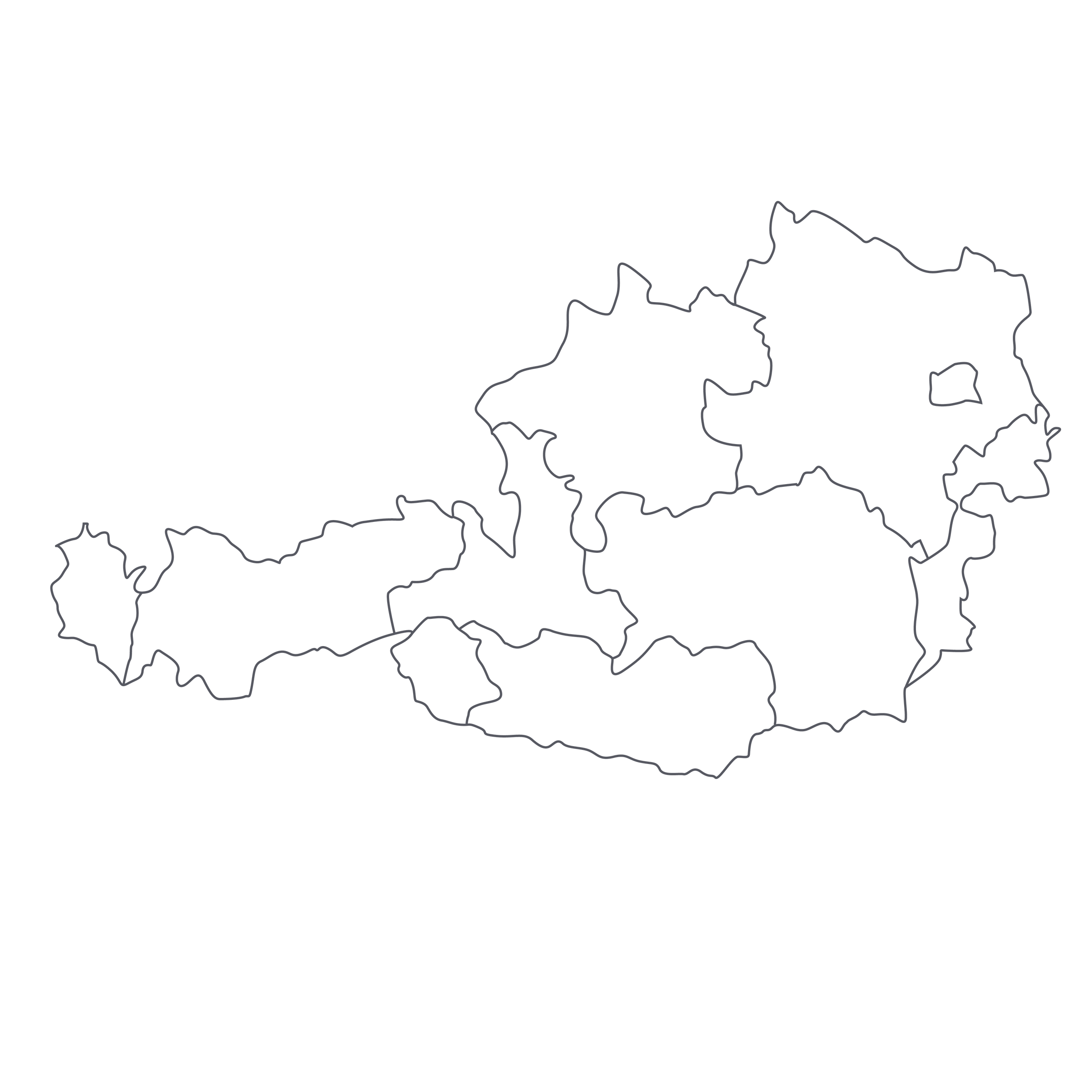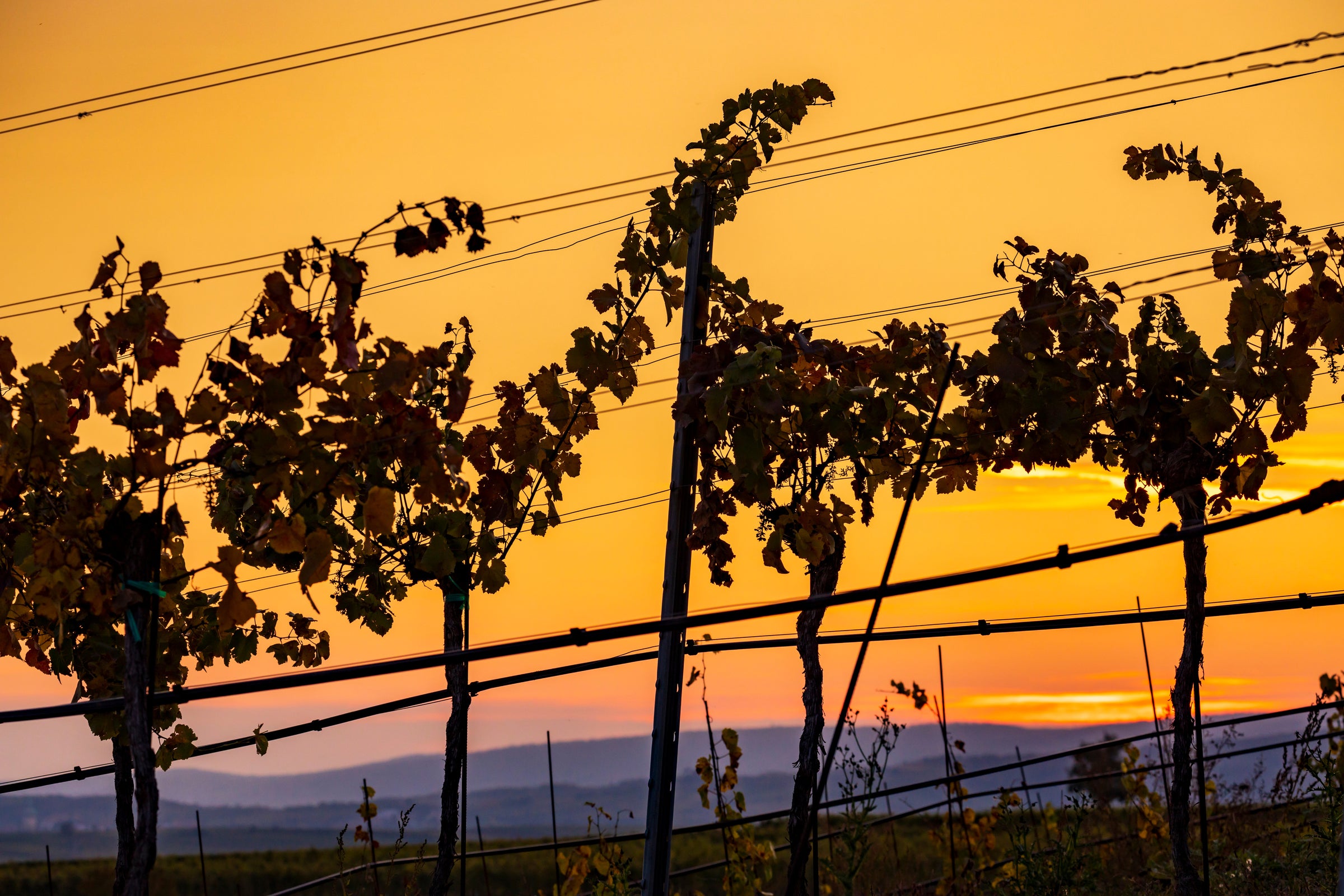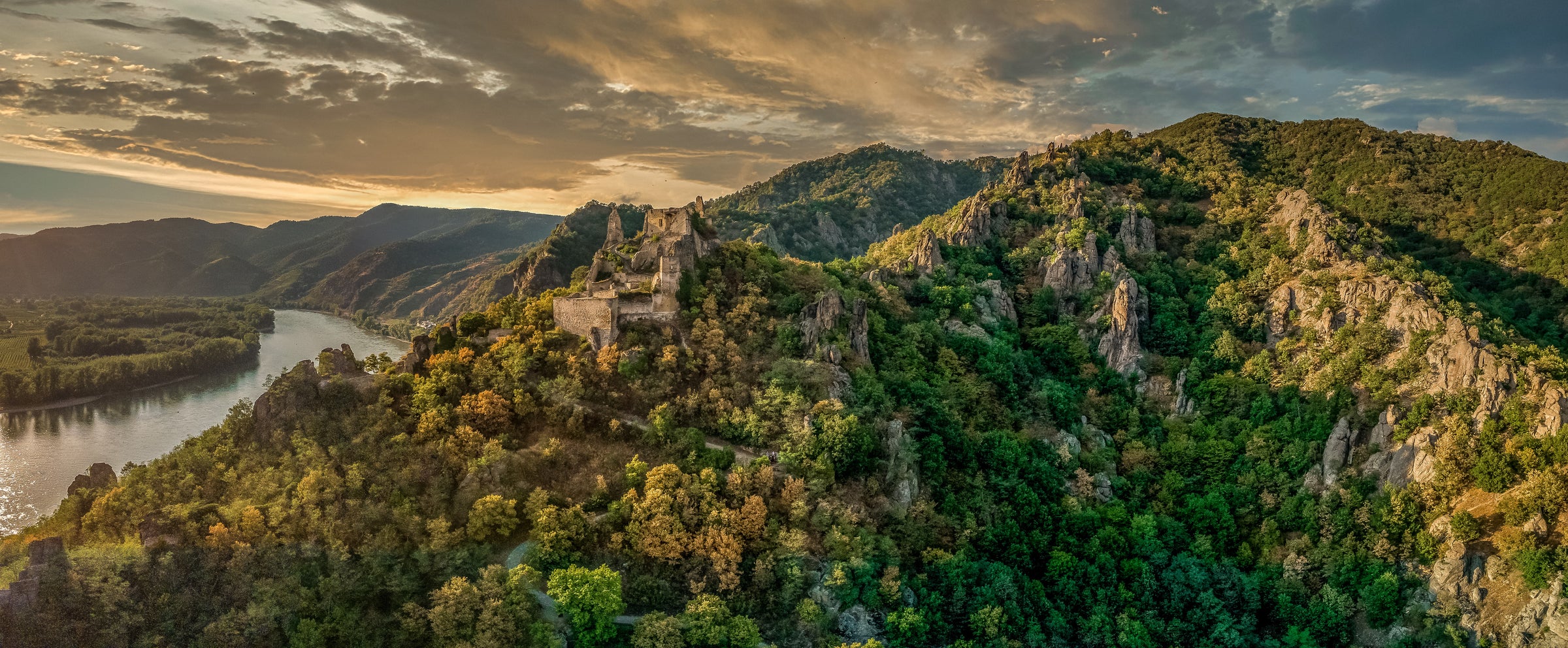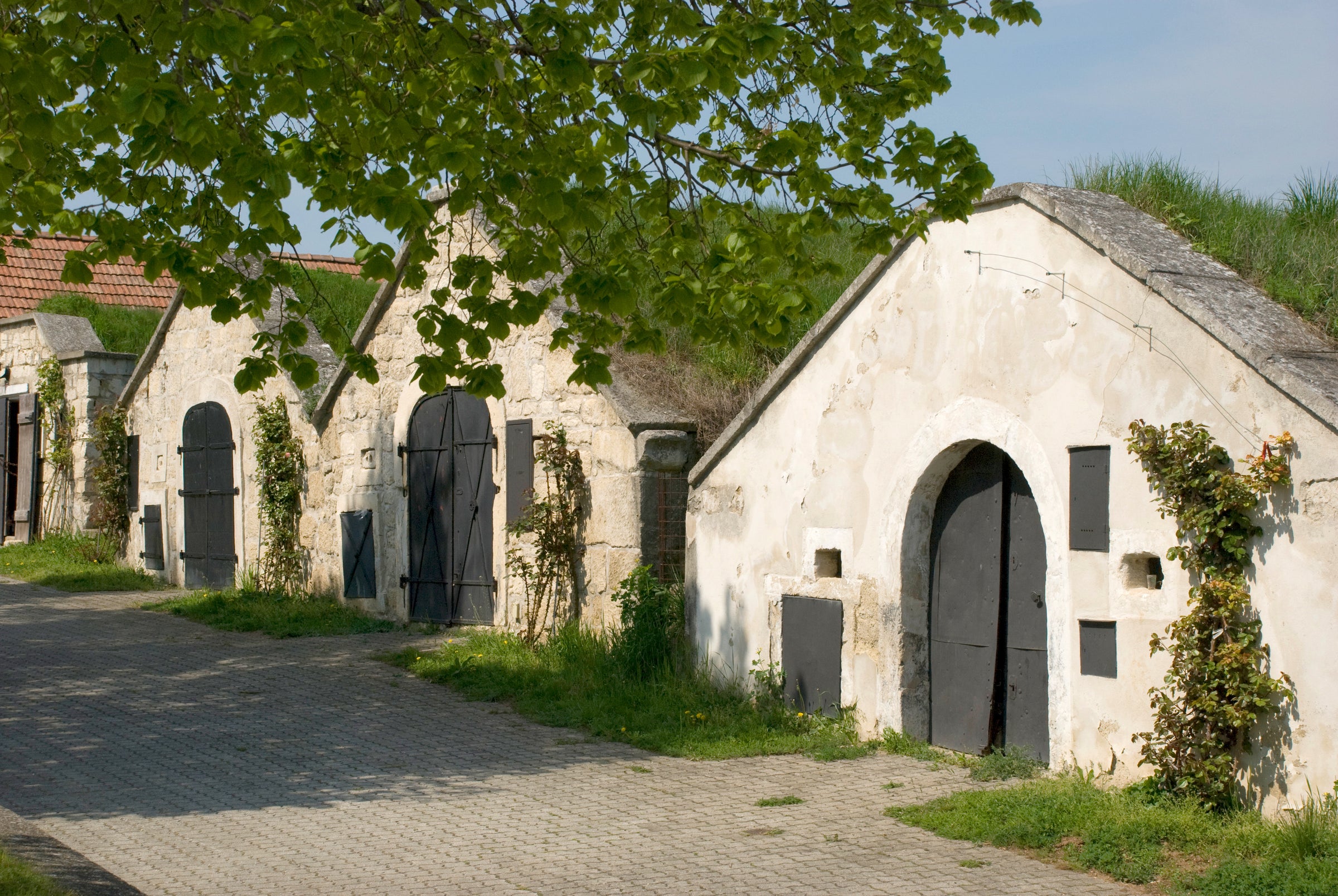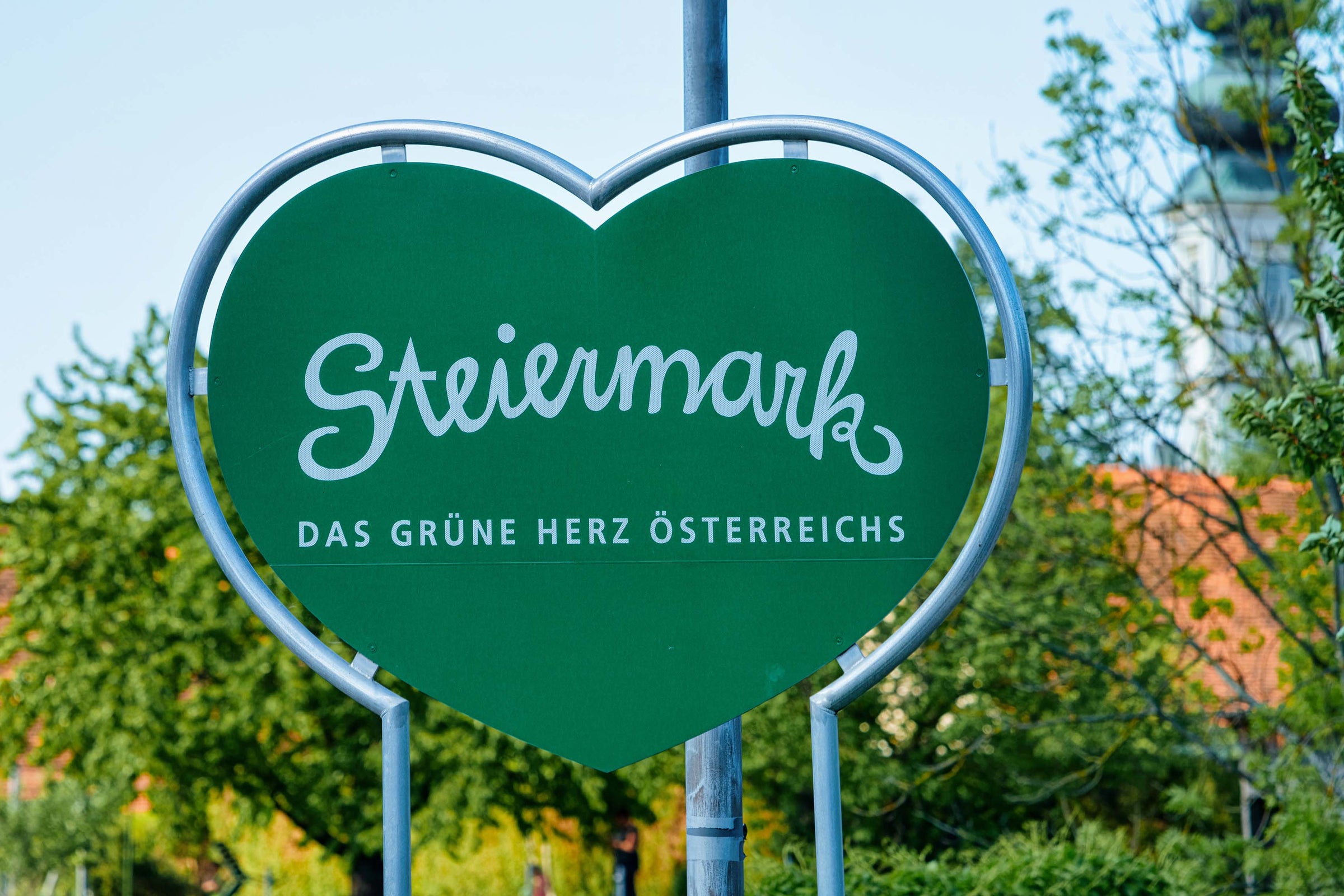When we last featured this wine, I believed two things to be true: (1) that it was/is an incredible expression of mature Grüner Veltliner, and (2) that we’d never see the likes of it again. Well, I’m thrilled to report that I was wrong on Point 2 and the wine is still singing its siren song. I’ve had decades-old gems from all-time Hall of Famers Pichler, Nikolaihof, Prager, Knoll, Brundlmayer—you name it—but there’s something especially exciting about a perfectly preserved treasure from an 11th-generation family-run winery that’s largely avoided the public eye for centuries.
Naturally, we pounced when Kemetner’s importer offered us another shot at this exquisite, remarkably vivid ’92. Coming from the ried (vineyard) “Karl”—a site known for producing ethereal, long-lived wines—this 30-year-old gem transformed right in front of my eyes after the cork was pulled. Within minutes, the legendary properties of mature Grüner were on full display: texturally piquant fruits, enlivening acidity, and breathtaking minerality. Of course, we have Certified Organic farming, a skilled touch in the winery, and perfect provenance to thank for that. A long-lived, world-class wine directly from the cellar for just $50? That’s an easy one—although, as before, there isn’t very much. Up to six bottles per person until this tranche disappears!
As I noted earlier today, Kemetner family traces its winemaking history back to Nicolaus and Susanna in 1641. Their son, Johannes, represented the second generation and is remembered by a short log in the family records: “Vinitor (vintner) of Etsdorf.” Nine generations followed, and today the estate is run by Leopold & Margit, who have worked tirelessly to achieve a Certified Organic status for all their vineyard holdings. One more thing—that circular red emblem you see on the front label is an homage to a recently discovered market bill from 1741 stamped with their family seal. As a nod to preserving tradition and heritage, it is now displayed on all their labels.
This wine comes entirely from “Ried Karl,” a mostly terraced, 1,000-foot-high site flanked and protected by mountainous and forested terrain. Here, their mature vines enjoy rich soils that consist of sandy loam and finely crushed stones. All farming is done manually, chemicals are entirely eschewed, and the soils are fertilized with organic composts. Come harvest, the grapes are plucked by hand and gently pressed in the winery. The juice undergoes a slow, cool fermentation on ambient yeasts and a brief aging period on raw lees occurs in stainless steel. Sulfur additions are kept at a minimum. As for this 1992, the wine was quickly bottled in 1993 and then aged, without disturbance, for nearly 27 years—it arrived in America just weeks ago!
I’m guessing the large majority of subscribers haven’t experienced a Grüner older than 5-7 years—which is all right, because the market is built for youthful drinking. Still, old bottlings can be tracked down with a bit of work, and when you find one with this amount of age, you’re in for an indelible sensory experience and a life-altering surprise. First off, it’d be impossible for me to call today’s Grüner a 28-year-old wine. It pours a radiant straw-yellow with faint hints of silver-green that belies its maturity. After a flash decant or allowing the wine to rest in your glass for 10-15 minutes, the nose reveals breathtaking vivacity with high-toned notes of white peach, mango peel, underripe pineapple, lemon pith, lime, ginger, watercress, raw root vegetables, sweet spices, and crushed rock, all of which is interlaced with delicate notes of honey/honeysuckle. The palate is medium-bodied, remarkably fresh, and oozing with brilliant tension that triggers a mouth-watering finish. Kemetner’s 1992 “Ried Karl” is simply an extraordinary Austrian gem that so vividly showcases the aging power of world-class Grüner Veltliner. Even more, this is still brimming with life and should remain in a perfect drinking window over the next five years. Serve in all-purpose stems around 50-55 degrees and track each bottle over several hours. Enjoy!!
